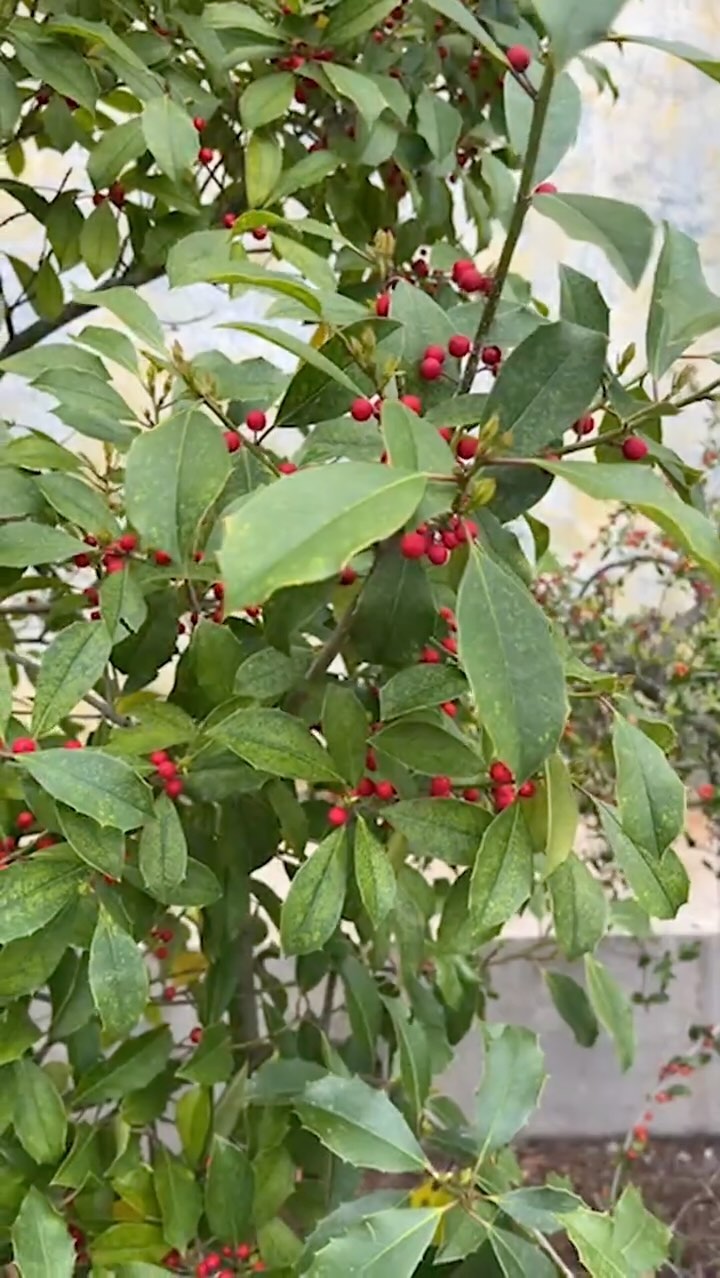– Importance of native South Carolina plants in local ecosystems
– The role of zoos and botanical gardens in plant conservation and education
– Challenges and strategies in conserving native plant species
– How individuals can contribute to native plant knowledge and conservation
– The impact of climate change on South Carolina’s flora and the importance of conservation efforts
South Carolina’s diverse ecosystems are a tapestry woven with various native plants that contribute to the region’s ecological health and beauty. Understanding these plants is crucial to maintaining the delicate balance of these habitats and ensuring the survival of countless wildlife species. Our journey into the world of South Carolina’s flora reveals an intricate connection between plants and the environment, which is increasingly affected by human activity and climate change.
Native plants have evolved within a region over thousands of years and have adapted to the local geography, hydrology, and climate. These plants form the foundation of their habitats, offering food and shelter to wildlife, stabilizing soil, and contributing to the local water cycle. In South Carolina, iconic native species range from the majestic live oak (Quercus virginiana) to the delicate coasts of purple pitcher plant (Sarracenia purpurea) in the wetland bogs.
The preservation of native plant species is one of the core responsibilities of zoos and botanical gardens, which serve as both sanctuaries and educational resources. These institutions engage in seed collection, propagation of rare species, and restoration projects, sometimes in partnership with wildlife organizations and government agencies. Zoos, often recognized for their role in animal conservation, also play an integral part in plant conservation through ecological research and public engagement.
Protecting native plants is not without its challenges. Urbanization, invasive species, pollution, and climate change pose significant threats to these vital organisms. In response, conservationists employ various strategies to mitigate these pressures. From the creation of seed banks that store the genetic material of at-risk species to habitat restoration projects designed to rehabilitate damaged ecosystems, safeguarding these plants is a constant endeavor.
Individuals can play an active role in native plant conservation. Home gardeners can incorporate native species into their landscapes, which provides urban havens for pollinators and other wildlife. Citizen science initiatives also allow the public to contribute valuable data about plant populations and flowering times, which can help scientists track environmental changes.
Climate change poses one of the largest threats to South Carolina’s native plants. Alterations in temperature and precipitation patterns can cause mismatches between plants and their pollinators, spur the spread of invasive species, and lead to habitat loss. Conservation efforts must adapt to these changes, employing forward-thinking strategies to protect our botanical heritage.
The unique assembly of native plants in South Carolina is a testament to the state’s rich biological legacy. Recognizing the value of these species not only enriches our understanding of the natural world but also energizes the push for their conservation. Through these efforts, we’re sowing the seeds of knowledge about native South Carolina plants, fostering a future where they continue to thrive and support the vibrant ecosystems to which they are so deeply linked.
*****
Source Description
We’re sowing the seeds of knowledge about native South Carolina plants! 🌱


